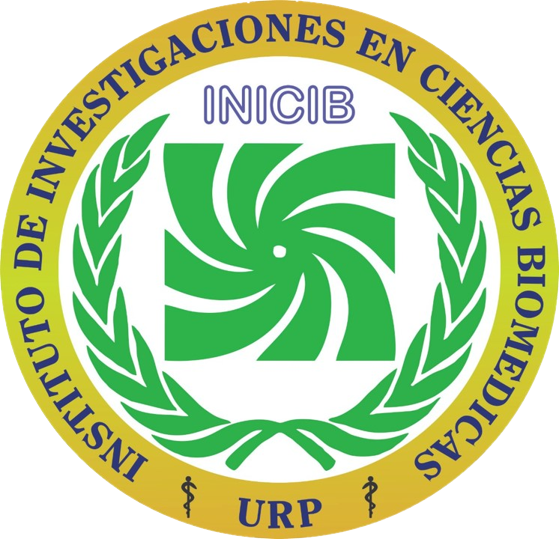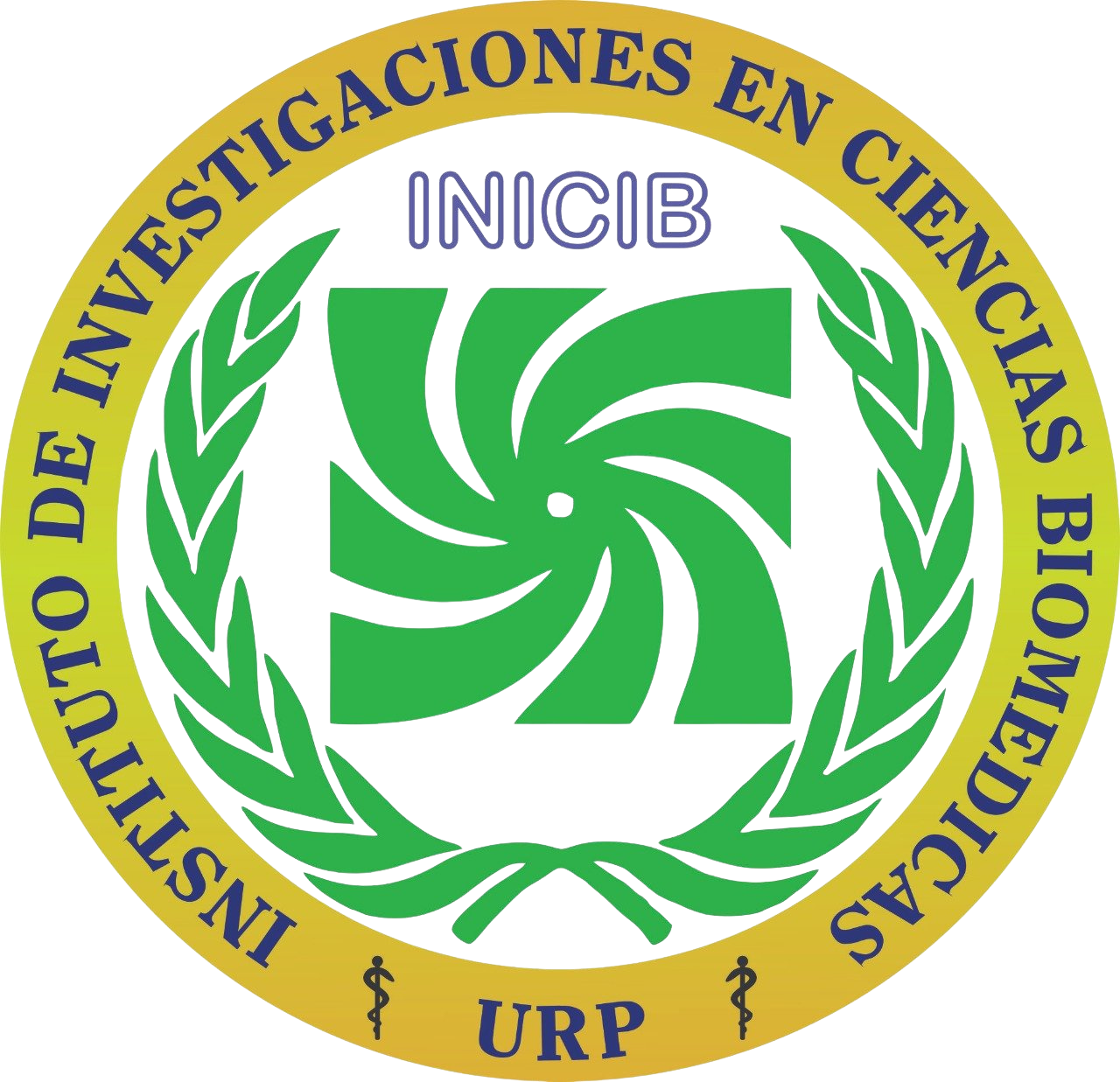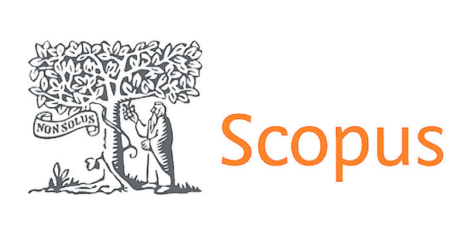INTRODUCTION
The prevalence of overweight, arterial hypertension (HTN), type 2 diabetes mellitus (T2DM), and dyslipidemia has increased over the last decade
1
. These comorbidities are key risk factors for the development of cardiovascular and metabolic diseases, which are associated with a higher mortality risk
2
. The incidence of these chronic conditions, such as cardiovascular diseases, T2DM, and obesity, increases with age
3
. These illnesses generate chronic inflammation, making early intervention crucial to preventing cardiovascular complications and reducing the need for pharmacological therapies.
Physical activity (PA) is an effective non-pharmacological strategy that reduces the risk of cerebrovascular events (CVE) by 20% to 30% and is fundamental in managing T2DM
4
. It also helps lower blood pressure (BP)
5
. However, despite the evidence, many individuals struggle to maintain an exercise routine, and only 23% meet the World Health Organization (WHO) recommendations for muscle-strengthening activities
6
.
Secondary school teachers are a sedentary or low-activity group, often failing to meet the WHO recommendations of at least 150 minutes of moderate-intensity PA or 75 minutes of vigorous-intensity PA per week
7
. To promote PA among inactive individuals, structured physical training based on personalized strategies is required to facilitate sustainable behavioral changes. Health promotion programs should include recreational exercise, social support, access to facilities, and options near the workplace, as well as proper nutrition.
Implementing PA in public institutions is key to reducing cardiovascular risk factors and delaying functional decline, which accelerates after age 40
8
. Research should focus on evaluating the effectiveness and cost-efficiency of these strategies to reduce multimorbidity in individuals and the healthcare system
9
. The objective of this study was to compare changes in cardiovascular risk factors, such as body composition, lipid profile, and blood pressure, among teachers exposed and not exposed to a physical exercise and nutritional education program over three months.
METHODS
Study design and area:
A prospective cohort observational study was conducted, dividing secondary school teachers from six public institutions into two groups: one exposed to a structured program of physical exercise and nutritional education (exposed group) and the other not participating in the program (non-exposed group). The program was implemented in an urban setting and consisted of organized physical activities and nutritional education workshops.
Population and sample:
The study population included secondary school teachers of both sexes. Sample size calculations assumed an expected reduction in total cholesterol of 18 mg/dL based on a previous study
10
, with a standard deviation of 75.6. A 95% confidence level and 80% statistical power were used, resulting in a sample size of 540 participants. To account for potential dropouts, an additional 10% was added, bringing the final sample size to 594 participants. The sample size calculation was performed using STATA version 14.2. A total of 556 participants completed the program and underwent follow-up measurements.
Variables and instruments:
Body composition variables, including fat mass, lean mass, muscle mass, and total body water, were measured using tetrapolar multifrequency bioimpedance analysis (BIA) with SECA® equipment. Body mass index (BMI) was calculated to classify obesity levels based on WHO criteria. Other indicators evaluated included weight, height, blood pressure (BP), lipid profile, and blood glucose. These were measured at baseline and three months after the program or follow-up.
Procedures:
Participants were contacted by phone to confirm availability. Those with scheduling conflicts were assigned to the non-exposed group, and new participants were selected to complete the sample size.
The exposed group participated in weekly physical activity sessions and educational workshops for three months. Each session, lasting at least one hour, was led by a physical therapy professional who encouraged exercise progression, dynamism, and empathy to improve participant adherence. Sessions began with a five-minute general warm-up walk, followed by five minutes of upper and lower body stretching. Specific exercises included squats, hip thrusts, lateral shoulder raises (using water bottles or 0.5 kg weights), push-ups, tricep dips, planks for abdominal muscles, and rope jumps for cardiorespiratory fitness. Each series consisted of one minute of active exercise interspersed with one minute of rest. At the end of each session, nutritional information was provided through oral talks and handouts with lifestyle change recommendations, dietary advice, and menus. At the end of the third month, variables were re-measured in both groups to assess changes in body composition, BP, lipid profile, and glucose.
Statistical analysis:
An initial descriptive analysis summarized the participants' baseline characteristics, reporting central tendency measures (mean and standard deviation) for continuous variables and proportions for categorical variables. To evaluate the program's effects, changes (delta) between baseline and final measurements in each group (program group and non-program group) were calculated. Differences in deltas between the two groups were analyzed using the Student's T-test for independent samples, provided the variables showed a normal distribution. Results are presented as means and standard deviations of deltas, along with p-values to determine statistical significance. A p-value <0.05 was considered statistically significant. All analyses were conducted using STATA version 14.2.
Ethical considerations
The study was conducted following the ethical principles of the Declaration of Helsinki (1964) and its subsequent amendments. The protocol was approved by the Research Committee of the Hospital Daniel Alcides Carrión (approval number: 7-03-2022 CEI-HRDCQDAC). All participants signed written informed consent before inclusion in the study.
RESULTS
All enrolled participants were over 18 years old and engaged in educational activities. Of the 594 individuals who entered the study, 556 completed the program. Table 1 shows that the mean age of the teachers was 43.9±11.8 years, with a similar distribution across the three age terciles. Notably, the youngest group (21–37 years) and the intermediate group (38–49 years) each represented 34.2% of the sample. Regarding sex, the majority were women (73.8%), while men accounted for 26.2%. In terms of BMI, most participants were classified as overweight (52.7%) or obese (23.4%), with a small proportion having a BMI <20 kg/m² (1.9%). Additionally, 20.8% had at least one comorbidity, including metabolic syndrome (18.2%) and obesity with BMI >30 (23.4%). These data highlight the significant presence of metabolic and weight-related risk factors in this population of teachers.
Table 1. Baseline characteristics of secondary school teachers from public institutions
| Characteristics |
Total n=556 |
% |
| Age: Mean; standard deviation |
43.9 |
11.8 |
| Age in tertiles |
|
|
| 21–37 years |
201 |
34.2 |
| 38–49 years |
200 |
34.2 |
| 50–77 years |
193 |
31.5 |
| Sex |
|
|
| Male |
149 |
26.2 |
| Female |
445 |
73.8 |
| Height (m): Median; interquartile range |
1.56 |
1.38–1.8 |
| Body Mass Index (BMI) |
|
|
| <20 Kg/m2 |
12 |
1.9 |
| 20-25 Kg/m2 |
209 |
37.5 |
| 25-35 Kg/m2 |
405 |
62.9 |
| >35 Kg/m2 |
18 |
2.8 |
| Comorbidity |
116 |
20.8 |
| Metabolic syndrome |
101 |
18.2 |
| HTN |
11 |
1.9 |
| T2DM |
4 |
0.7 |
| Obesity (BMI >30) |
130 |
23.4 |
| Overweight (BMI 25–30) |
293 |
52.7 |
In Table 2, it can be observed that the group participating in the intervention program showed significant improvements in several indicators compared to baseline measurements and in comparison with the non-program group. Among the most notable changes, systolic blood pressure (SBP) decreased by an average of 7.0±10.6 mmHg (p<0.001), whereas no significant reduction was observed in the non-program group. HDL cholesterol increased by 8.8±40.8 mg/dL (p=0.007), and total cholesterol decreased by 12.2±45.6 mg/dL (p=0.002) in the program group, in contrast to virtually unchanged values in the non-program group. Additionally, fat mass was reduced by 3.0±15.4% (p<0.001), and muscle mass remained stable (+0.1±6.3%) in the program group, whereas the non-program group experienced an increase in fat mass and a decrease in muscle mass. These results highlight the program's benefits on factors related to body composition and lipid profile.
Table 2. Analysis of modifiable factors after implementing the intervention program in secondary school teachers
| Characteristic |
Baseline Measurements n=556 |
Non-Program Group n=282 (50.7%) |
Non-Program Group Delta* |
Program Group n=274 (49.3%) |
Program Group Delta* |
p-value |
| Weight (kg) |
65.0±20.9 |
66.3±11.3 |
+1.3±17.5 |
63.4±11.5 |
-1.6±17.3 |
0.051 |
| BMI |
26.8±3.9 |
26.8±3.9 |
0.0±3.9 |
26.7±3.9 |
-0.1±3.9 |
0.763 |
| SBP (mmHg) |
114.1±13.0 |
114.3±13.1 |
+0.2±13.1 |
107.1±7.8 |
-7.0±10.6 |
<0.001 |
| DBP (mmHg) |
69.7±8.7 |
69.8±8.6 |
+0.1±8.7 |
69.7±8.7 |
0.0±8.7 |
0.891 |
| Triglycerides (mg/dL) |
167.9±112.2 |
169.8±112.3 |
+1.9±112.3 |
165.9±106.8 |
-2.0±106.8 |
0.676 |
| HDL Cholesterol (mg/dL) |
51.0±37.2 |
50.9±37.2 |
-0.1±37.2 |
59.8±44.3 |
+8.8±40.8 |
0.007 |
| Glucose (mg/dL) |
87.8±50.8 |
87.8±30.8 |
0.0±43.5 |
85.9±15.7 |
-1.9±36.8 |
0.574 |
| Total Cholesterol (mg/dL) |
199.0±45.0 |
199.1±45.1 |
+0.1±45.1 |
186.8±46.2 |
-12.2±45.6 |
0.002 |
| Fat Mass (%) |
30.5±20.4 |
33.2±20.4 |
+2.7±20.4 |
27.5±8.1 |
-3.0±15.4 |
<0.001 |
| Total Body Water (%) |
50.1±9.4 |
43.5±9.4 |
-6.6±9.4 |
48.1±8.0 |
-2.0±8.7 |
<0.001 |
| Muscle Mass (%) |
42.0±6.2 |
38.3±6.2 |
-3.7±6.2 |
42.1±6.4 |
+0.1±6.3 |
<0.001 |
| Bone Mass (%) |
4.3±0.7 |
4.1±0.7 |
-0.2±0.7 |
4.3±2.8 |
0.0±2.7 |
0.239 |
DISCUSSION
This study evaluated the effects of a tailored program based on weekly physical exercise and nutritional education workshops over three consecutive months. Additionally, changes in body composition, quantified using bioimpedance equipment, were assessed in secondary school teachers. The program resulted in significant improvements, including reductions in total and visceral fat mass, decreases in systolic blood pressure and total cholesterol, as well as an increase in HDL cholesterol, while maintaining muscle mass stability. These changes reinforce the positive impact of physical activity and nutritional education on cardiovascular health. In the United Arab Emirates, a similar intervention highlighted the effectiveness of combining nutritional counseling and exercise to improve cardiovascular health. Although the approaches and populations were different, both studies emphasize the importance of these strategies for adopting healthy habits
12
.
The results show that after the program was implemented, systolic blood pressure significantly decreased in the participating group compared to a non-significant increase in the non-participating group. This aligns with previous findings
11
; however, other studies have reported more consistent outcomes in cardiovascular parameters with longer programs, such as six months. A limitation of this intervention was the lack of continuity after the program ended. Some studies have addressed this issue by using mobile applications to maintain physical exercise routines
13
.
Despite the study’s three-month duration, its results—reductions in total cholesterol and increases in HDL cholesterol—were comparable to those of longer-duration studies, underscoring its short-term effectiveness in improving lipid profiles
14
. These improvements can largely be attributed to the provision of individualized recommendations for diet and physical activity.
A meta-analysis showed significant weight loss with interventions focused on overweight individuals and highlighted the importance of tailoring these interventions to meet the needs of different groups, a key principle in this study. These findings underscore the need for personalized and sustainable strategies to improve cardiovascular health, particularly in workplace environments with high-risk factors
15
.
The findings are consistent with earlier studies
16
, that demonstrated significant weight loss among employees with overweight or obesity, even during the COVID-19 pandemic, reinforcing the efficacy of workplace weight-loss programs. Similarly, another study
17
, observed improvements in diet and physical activity with weight loss among school district employees, emphasizing the relevance of comprehensive and tailored interventions. Additionally, an intervention study
18
demonstrated the efficacy of workplace lifestyle improvements in controlling obesity, aligning with our focus on reducing cardiovascular risks.
The findings also show significant parallels with recent research
19
highlighting the effectiveness of workplace dietary interventions in reducing overweight and obesity, with greater efficacy among individuals with higher BMI. Garipova et al.
20
reported that both educational and physical activity programs effectively mitigate cardiovascular risks, albeit with variations in long-term effects. Additionally, Chad-Friedman et al.
21
demonstrated that phone-based interventions combined with mind-body techniques, such as meditation and yoga, reduced stress, improved emotional and physical well-being, and achieved sustained reductions in systolic blood pressure over the medium term. These studies underscore the importance of integrated and personalized approaches to improving cardiovascular health in workplace settings.
Recent studies have shown that HDL particles are key to reducing cardiovascular risk, emphasizing the importance of therapeutic approaches such as diet and gut microbiome interactions to modulate HDL structure and function at the individual level
22
.In this program, the significant increase in HDL cholesterol observed in the participating group highlights its role as a key protective factor against cardiovascular risk
23
.
An advantage of this study is the use of bioelectrical impedance to quantify body composition variation after the intervention. This non-invasive method is validated for assessing fat and muscle mass by measuring electrical current resistance and reactance as it passes through body compartments. This approach helps estimate body components, such as fat mass, bone mass, muscle mass, body water, and visceral fat
24
.
This study has some limitations. One was the loss of 38 participants during follow-up, equivalent to 6.4% of the initial sample; however, this percentage falls within the range anticipated in the sample size calculation. Another limitation was the lack of significant changes in variables such as total weight, BMI, and triglyceride levels, possibly due to the short program duration. Additionally, the absence of blinding could have introduced bias in evaluating certain indicators. Nevertheless, the observed trends support the positive outcomes in key variables for the group that participated in the program.
Conclusión
Participants in the program, which included weekly exercise sessions and nutritional education workshops, showed reductions in total and visceral fat mass, decreases in systolic blood pressure, and increases in HDL cholesterol levels compared to those who did not participate. No significant differences were observed in total weight, BMI, or triglyceride levels between the groups.
In the future, it will be important to conduct studies with longer follow-up periods to evaluate the sustainability of the observed changes. Additionally, the utility of objective tools, such as bioimpedance scales, for measuring early variations in body composition, such as fat mass percentage, is emphasized. Finally, this research did not include sustained strategies after the program concluded, representing an area for improvement in future interventions.





